| marc7 travels |
|
One city serves as the gateway to the province while the other teaches us the joys of a simple life. These two cities in Misamis Occidental have its colorful history plastered around town. A casual morning or afternoon walk will give you a glimpse of the cities' colorful past that comfortably blends with the its modern development. Ozamiz City is the gateway of northwestern Mindanao and is a gem for its history and culture. From its shores to its hills, there is a touch of history to discover and enjoy. Oroquieta, on the other hand, is a city that is not a city. Its old town vibe slows down your pace to enjoy THE moment. It allows you to enjoy the a day without the usual hustle and bustle of city life. Get ready as we unravel the stories and the history behind the rustic ambiance of the cities of Ozamiz and Oroquieta. Ozamiz City: For Whom Its Bells Toll The city of Ozamiz was born from the old Spanish town of Misamis. Stradled along the shores of Panguil Bay, its location was a strategic vantage point to set a Spanish fortress to stand guard against pirate attacks coming from the Lanao area. It has blossomed through the years to become the center for economic growth in region. Ozamiz has its own tourism brand that is rooted in its rich history and the Catholic faith. More than just a gateway to northwestern Mindanao, it also prides itself as a historical, cultural, and pilgrimage destination. Immaculate Conception Metropolitan Cathedral At the heart of the city is the Immaculate Conception Metropolitan Cathedral, the center of the Catholic faith in the city. The present church was built from the ruins of the original church that was destroyed by an earthquake. Its first design was one of the first works of Leandro Locsin with his unique style of circles, semi-circles, and squares which is still evident with the church's interiors. One of the most treasured attraction of the church is its pipe organ - the only pipe organ in Mindanao. It was fabricated in Germany, was assembled in 6 weeks, and was inaugurated in July 1967. Bukagan Hill Bukagan Hill, located in the outskirts of the city, is a small hill that offers a beautiful view of the city. It is also starting to become a favorite morning or afternoon hiking spot by locals because of its accessibility. The hill is also the home of the 4 great bells of Ozamiz - St. Peter, St. Marien, St. Joseph, and St. Michael. The bells were commissioned to be installed at the Imaculate Conception Metropolitan Cathedral, however, the combined 7-ton weight of the four bells was too much for the church's belfry. Since the construction of a new belfry was not feasible, the bells found its home at Bukagan Hill where it has remained silent for decades. Getting there: You can rent a tricycle or a habal-habal to go to Bukagan Hill. Ozamiz Seaside Road Cruising through the Ozamiz Seaside Road, I enjoyed a panoramic view of Panguil Bay and Lanao del Norte. The seaside boulevard is a diversion road, over a reclaimed area of the bay, connects the city's outskirt to Ozamiz Port. Although the project is still in the process of completion, I could already see that it will be one of the city's main attraction because of the amazing view of the bay and the surrounding areas. In fact, business establishments are starting to pop up along the stretch of the road. Cota Shrine and Beach Built in 1755 to serve as a Spanish outpost, the Fuerte dela Concepcion y del Triunfo or the Cotta Shrine is a mute testament of the city's colorful history. The rectangular fort was built along the shores of Cota Beach with four outposts - San Fernando, San Jose, Santiago, and San Ignacio. The shrine served as a Spanish Command Outpost and a garrison during World War 2. Just in front of the fort is a beach spot frequented by locals - the Cota Beach. Its black sand shores is a favorite spot for a quick beach chill or a quick beach dip. It offers an amazing panoramic view of Panguil Bay and Lanao del Norte. The shrine and the beach are currently undergoing a major facelift to accomodate the growing interest of tourist in the city. Apart from the beautification of the actual fort, a replica of a Spanish Galleon and a business complex is now under construction to help in attracting tourists and driving commerce in the area. Birhen sa Cota Once enshrined within the walls of the Cotta Shrine is the image of the Nuestra Senora dela Immaculada Concepcion y del Triunfo de la Cruz de Migpangi or the Blessed Virgin of Cotta. She is the patroness of Ozamiz City. On one the side of the fortress' wall is a carved image of the patroness which is believed to be miraculous. It is believed that the image is growing and has been an object of pilgrimage. The courtyard on this side of the fortress has been developed as a sanctuary for the faithful who visit the image. Ozamiz City Hall A ride away from the city center is the Ozamiz City Hall - the center of city governance. The complex sits along the main highway with the Mayor Bernard Memorial Hall as its main attraction. The city's version of Rizal Park sits right across the city hall with a statue of Rizal as its main centerpiece. The open space park is currently under a beautification program. Old Houses of Ozamiz Exploring the streets of Ozamiz City will give you a glimpse of the old days of the city. It has a collection of heritage houses that transcend from the Spanish period to the American period. Walking along Ledesma Street was like walking through a time capsule. The old soul in me got excited as the city treated me with its collection of heritage houses. From a Spanish-period bahay-na-bato to the 70's style of American-designed house, the city has managed to fuse these decades in one vibrant destination. Oroquieta City: Where City Life is Simply Re-defined An hour away from Ozamiz City is the city that defines the good life - Oroquieta City. It is a city that is not a city because its rustic and laidback vibe is a complete contrast to the chaotic city life that we are accustomed to. Oroquieta City has a unique place in Philippine history during World War 2 when it was made the capital of the Free Philippines in 1942. The city was also the host of President Quezon when he was being evacuated to Australia from Corregidor. It has managed to keep its stature in governance, only this time as the center of Misamis Occidental's provincial governance. Although it still remains almost unheard of when it comes to its tourism branding, Oroquieta is proud of its collection of its city attractions. Misamis Occidental Provincial Capitol True to its role in Philippine history, the city of Oroquieta is the center of governance in the province. My first stop during my short visit to the city was the sprawling complex of the Misamis Occidental Provincial capitol. The white-washed Capitol Building stood out as the main centerpiece of the local government compound in Oroquieta. The sprawling open-space park in front make the capitol building standout. The building architecture and the aesthetic design remind me of American-colonial influence. Oroquieta City Hall and City Plaza One of the things that really stood out during my exploration of Oroquieta City was its City Hall. The two-storey government office takes its home in a heritage structure (by the way it looks). It was a real beauty to appreciate. Like most city hall complex in the region, an open-space park is located just right in front of the hall. The park had a statue honoring Rizal as its centerpiece and adjacent to it is the City Kiosk that is a common feature of American-colonial designed park. The park was a welcome relief from the midmorning sun that I enjoyed a quick break by just enjoying the view and the breeze. The park sits adjacent to the shoreline of the city facing Iligan Bay. Independence Street is the city's version of a seaside boulevard where you can also enjoy a lazy afternoon by the beach. Holy Rosary Church The Holy Rosary Church sits right across the Oroquieta City Plaza. Just like most Philippine cities and town, the Catholic faith plays a crucial part in the city's humble beginnings. That is the reason why its location is strategically within the city center. The church sits at the heart of its sprawling courtyard. A driveway leads you to the front of the church where you get to appreciate its simple facade highlighted by an image of Mother Mary. A three-storey belfry adjacent to the church completes the experience. Oroquieta City Hanging Bridge and Layawan River About two blocks east of the church is the Oroquieta City Hanging Bridge. A suspension bridge that traverses the Layawan River. The hanging bridge is a must place to check out because it offers a panoramic view of Layawan River as it meets the waters of Iligan Bay. POST TRAVEL NOTES Ozamiz and Oroquieta are two unassuming destinations that has a colorful history to share. Both may not be popular tourism spots but its history and its unique city vibe make it a destination for travelers who want to have a different travel feel. Its tourism spots may even require a different kind of appreciation - one where you get to appreciate the simple old and laidback town feel. It is that kind of vibe where you just want to sit down at the park, watch the locals go for their afternoon run, and enjoy the "ooh-la-la" of being in the moment. Yes, we have a lot of tourist spots that sweep us off our feet and, on the other end, there are also destinations that is best enjoyed for its rawness. Destinations that stand out not for its amazing tourist spots but for its unique blend of history, culture, and rustic hometown feel. It is these unassuming destinations that gives the Philippines the balance in its tourism ecosystem - the ones that keep us grounded that we cannot live without. Getting There: Philippine Airline and Cebu Pacific Air offer regular flights to Ozamiz City. From Ozamiz City, one can take a bus to Dipolog City at the Ozamiz City Integrated Bus Terminal and you can ask the driver to drop you off at Oroquieta City. From Pagadian City, one can take a bus to Ozamiz City at the Pagadian City Integrated Bus Terminal. Travel Notes: Here is my #ByahengPaDODO itinerary Day 1 (Pagadian City) 8.00am – Arrival at Pagadian via Cebu Pacific / Drop off bags at hotel. 9.00am – ETD to Pulacan Falls 9.30am – Pulacan Falls 11.00am – Brunch or Early Lunch (Suggested: Brew and Bake) 12.00nn – City Walking Tour (Santo Nino Cathedral Parish Church/Pagadian City Hall/ Plaza Luz / Zamboanga del Sur Capitol Building / Rotonda Park) 3.00pm – Isla Putting Balas / Dao-Dao Island 5.30pm – Walk around Pagadian Boulevard (You can also opt to do this in the morning to catch the sunrise) 7.00pm – Dinner then back at the hotel You can read my full Pagadian travel blog here. Day 2 (Pagadian City / Ozamiz City) 5.30a – Sunrise at Pagadian Boulevard. 7.00a – Breakfast and check out of the hotel. 8.00a – ETD for Ozamiz City 11.00a – ETA at Ozamiz City / Check-in at Hotel / Lunch 12.30p – Visit Immaculate Conception Metropolitan Cathedral 1.00p – Visit Bukagan Hill / Ozamiz Seaside Road 2.30p – Visit Cota Shrine / Cota Beach / Birhen sa Cota / Ozamiz City Hall 4.30p – Explore the streets of Ozamiz City (Heritage Houses) 7.00p – Dinner 8.00p – Back at hotel Day 3 (Oroquieta City) 8.00a – ETD to Oroquieta City 9.30a – ETA at Oroquieta City 10.00a – Visit Misamis Occidental Capitol Grounds / Oroquieta City Hall and Plaza / Holy Rosary Church / Oroquieta City Hanging Bridge 12.00n – Lunch at Payling’s
0 Comments
Leave a Reply. |
Marc del Rosario
I believe in education, entrepreneurship, and caring for the environment. Archives
June 2024
|
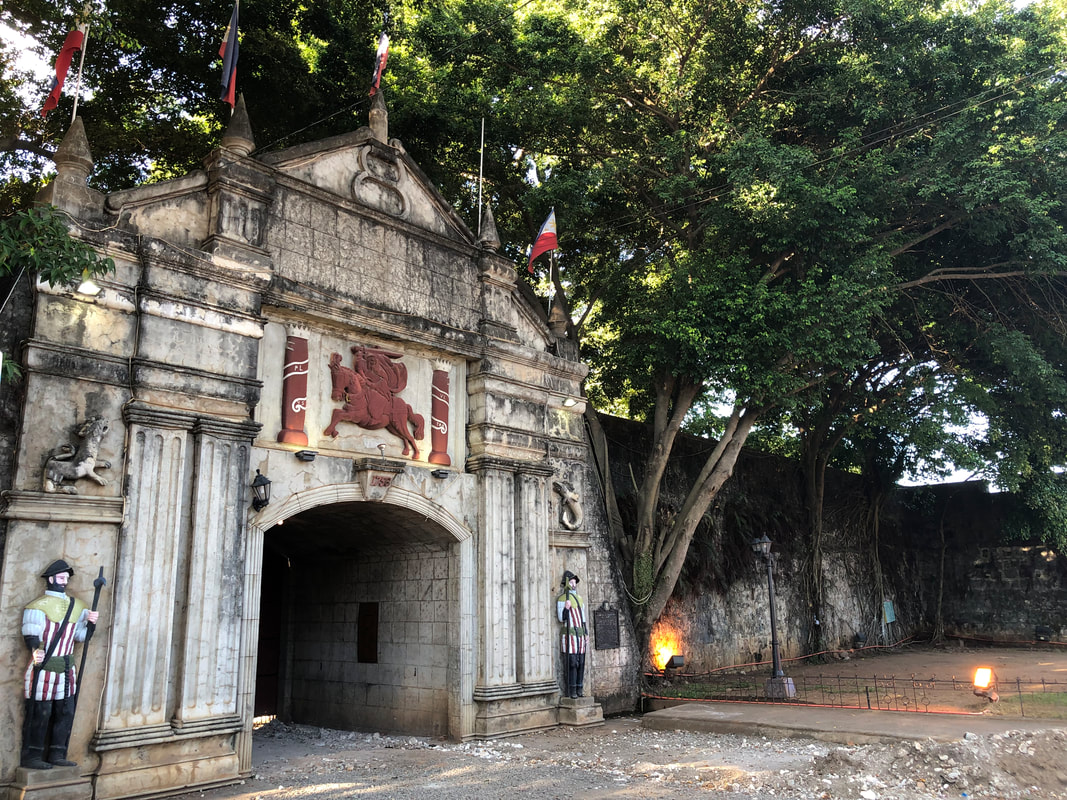
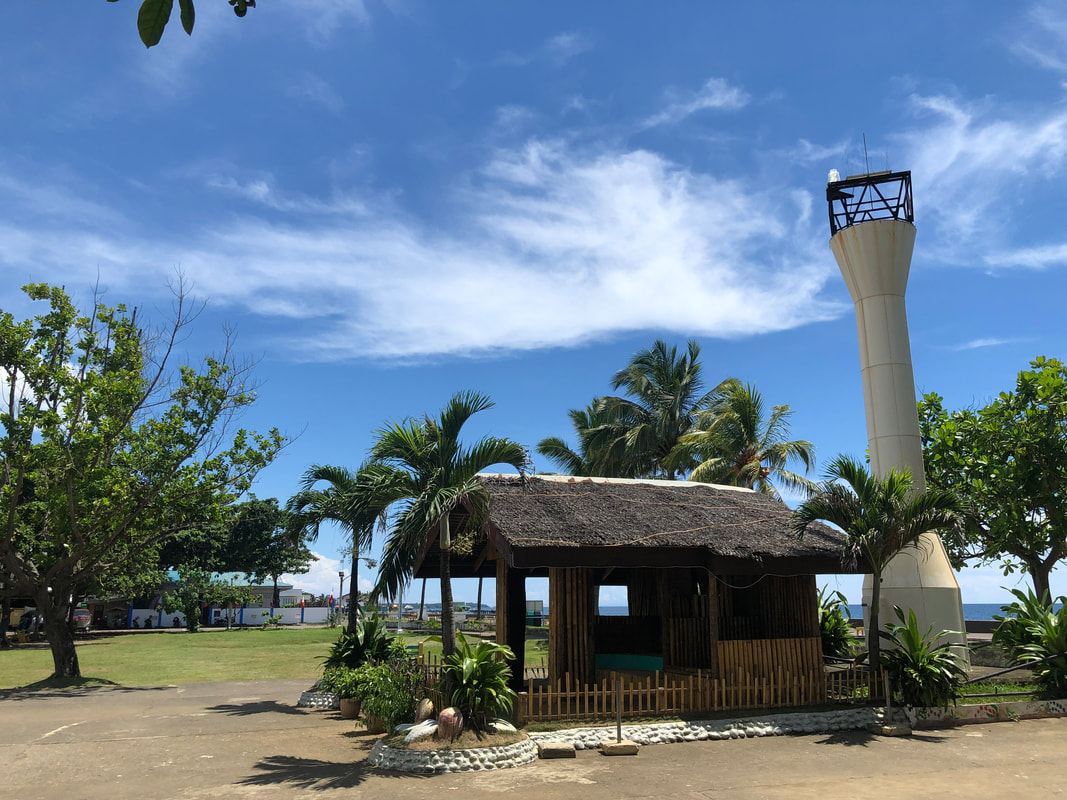
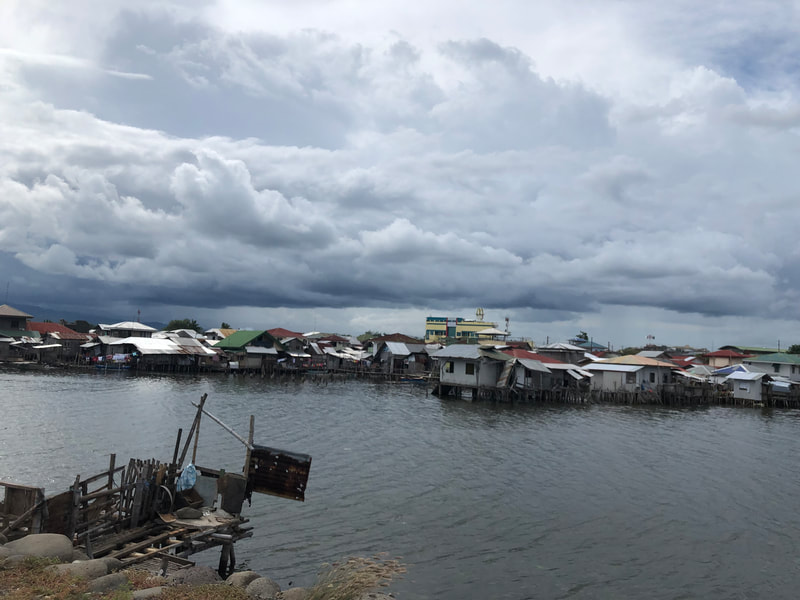

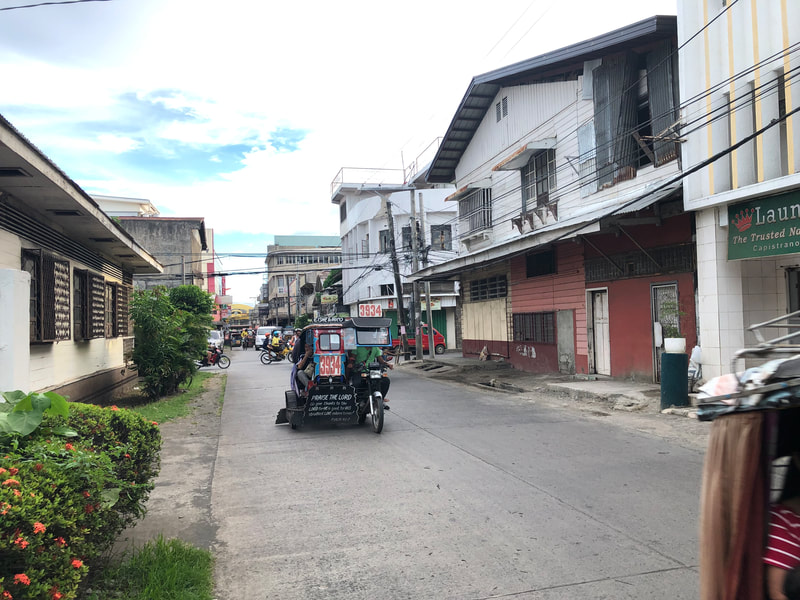
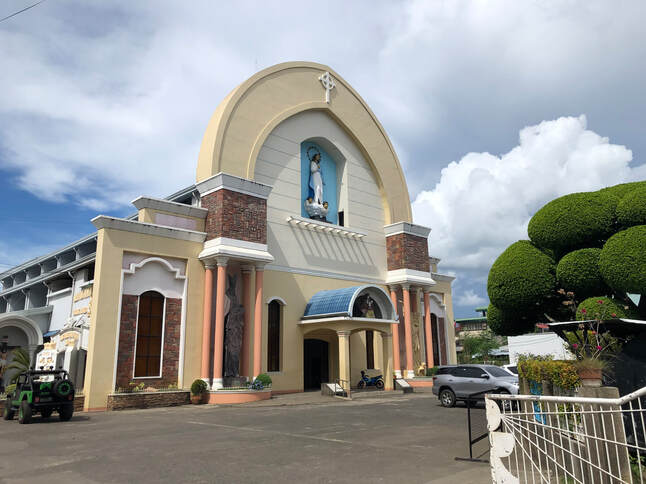
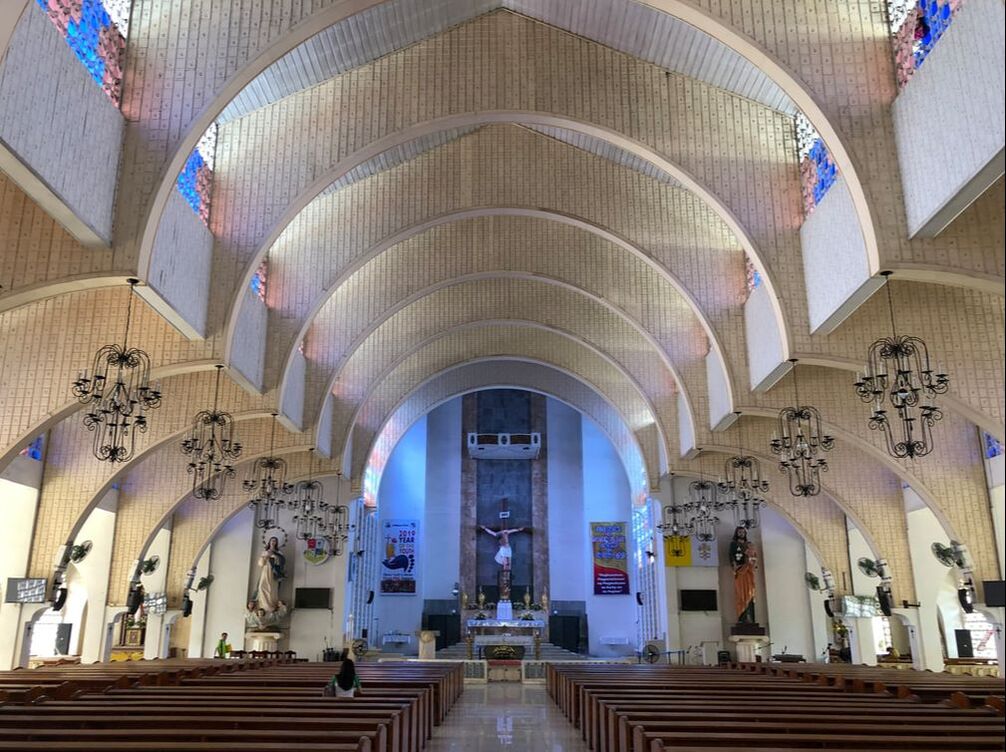
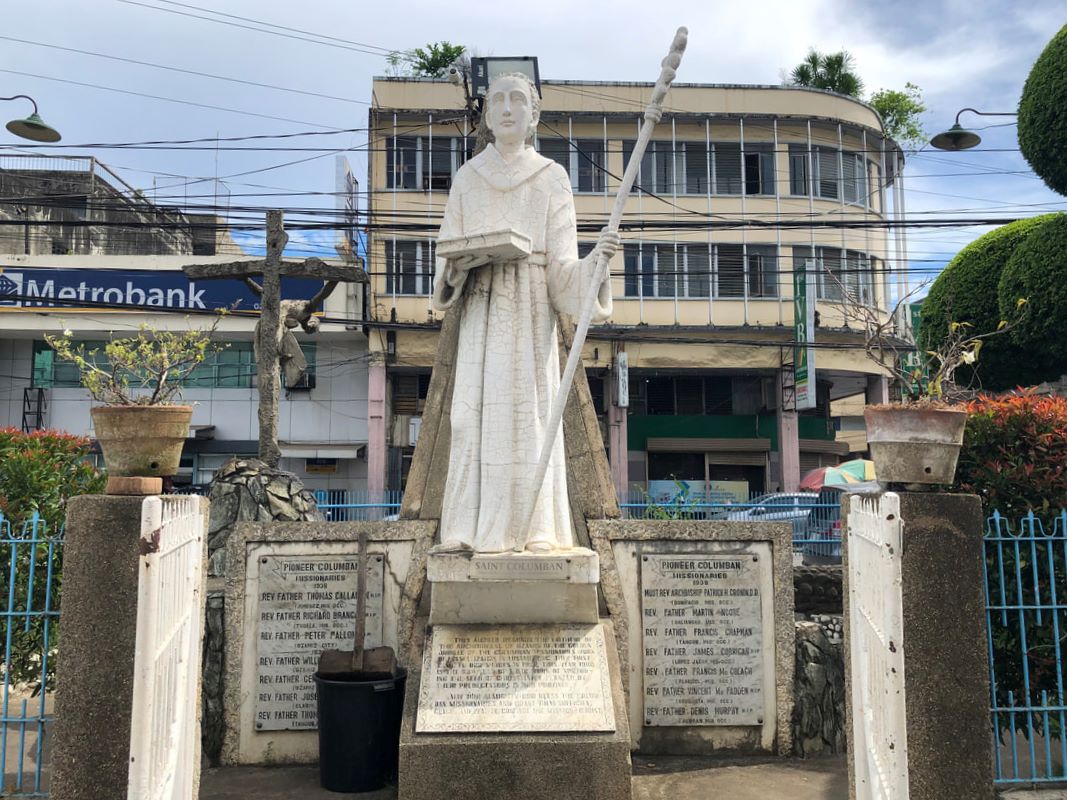
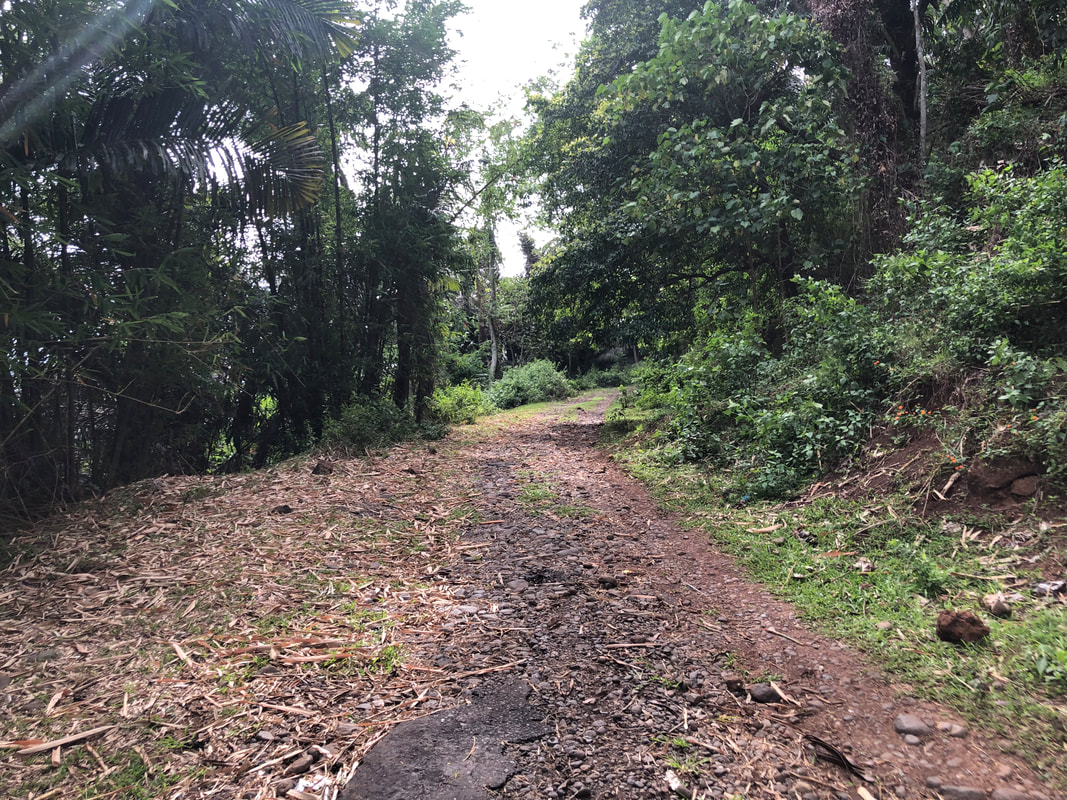
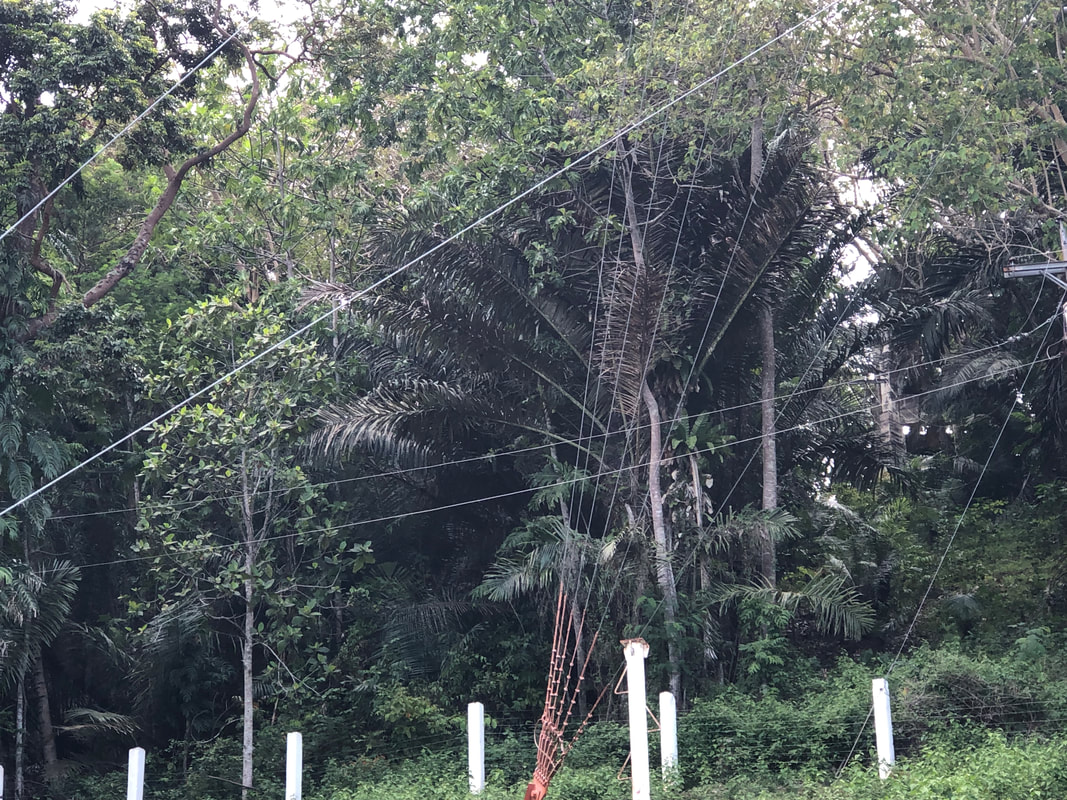
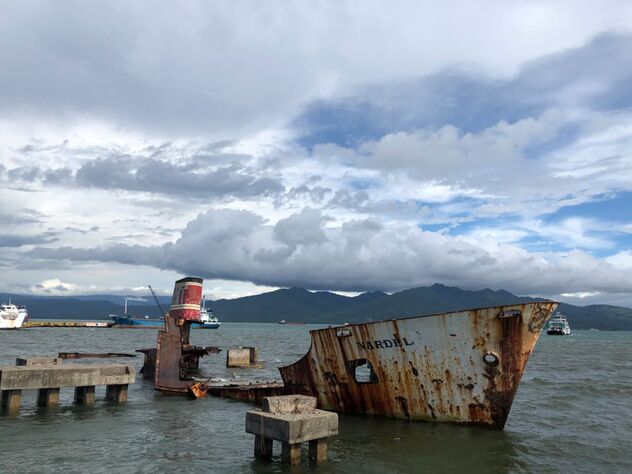
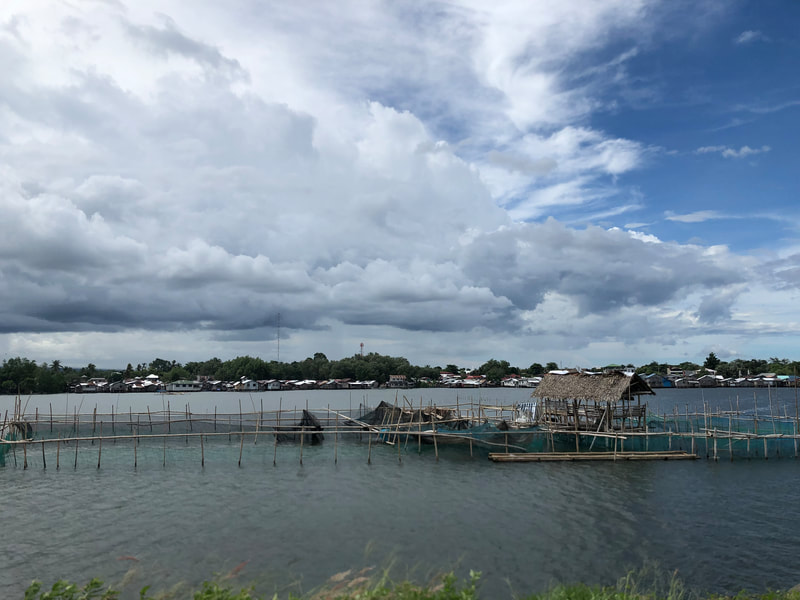
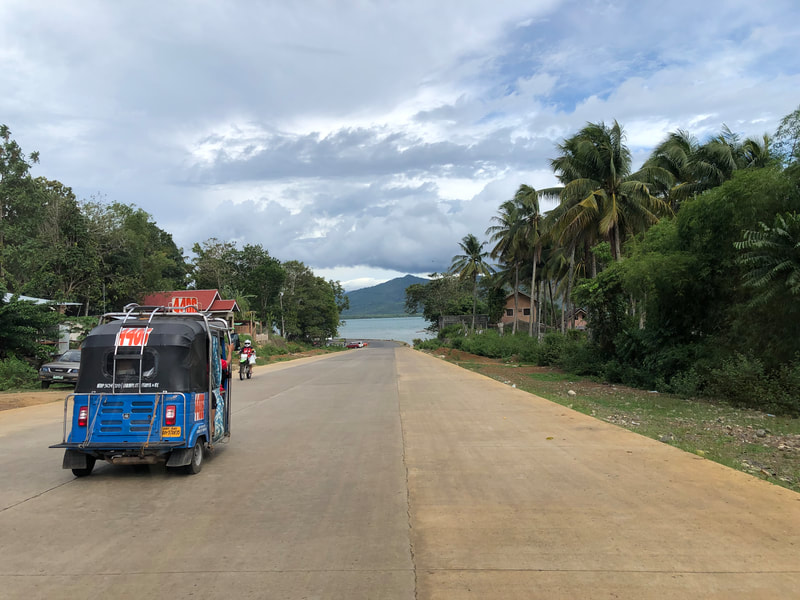
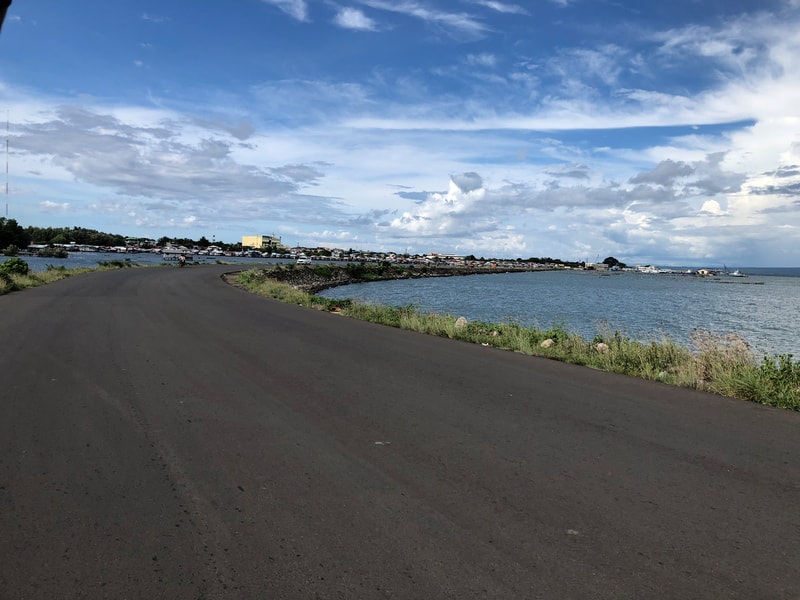
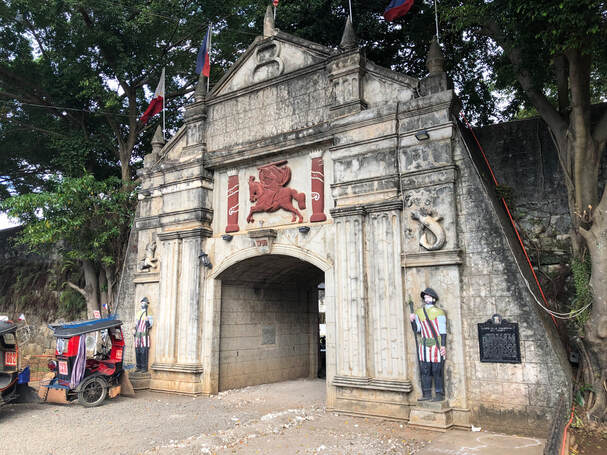
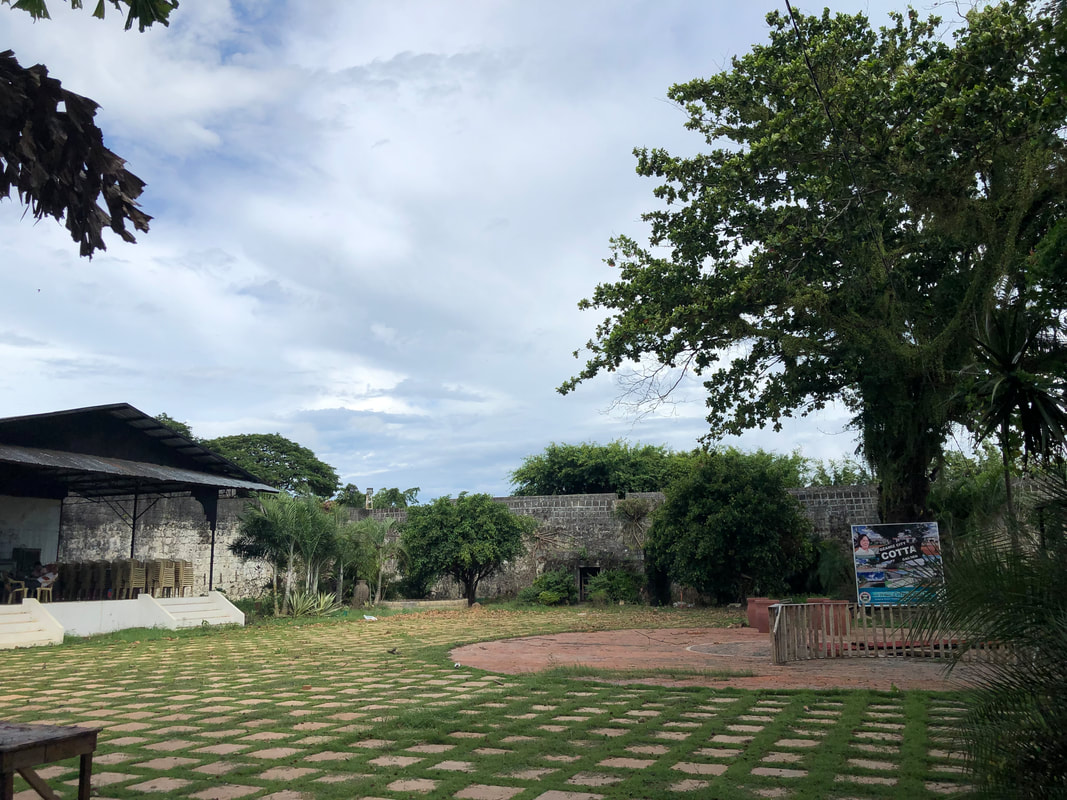
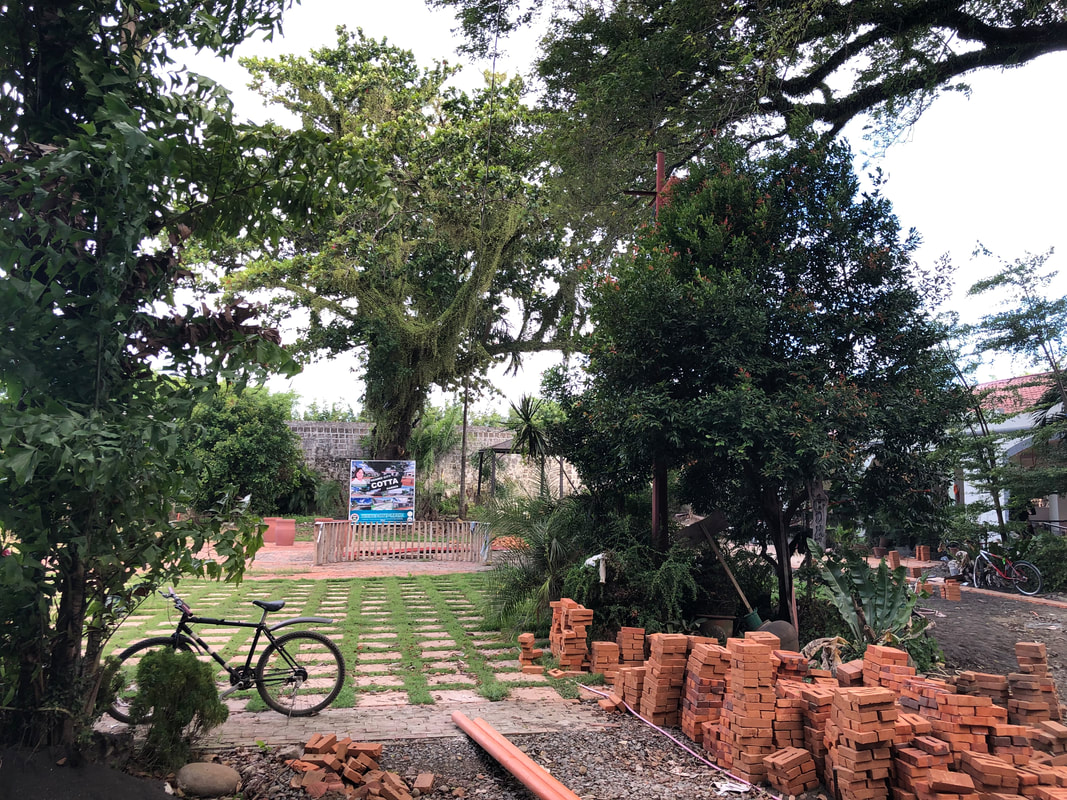
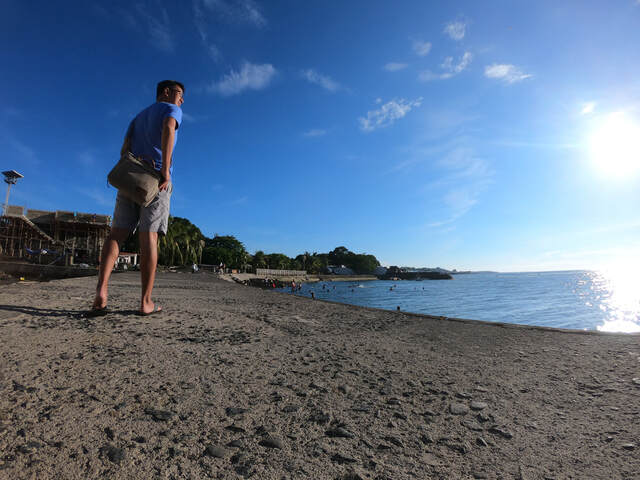

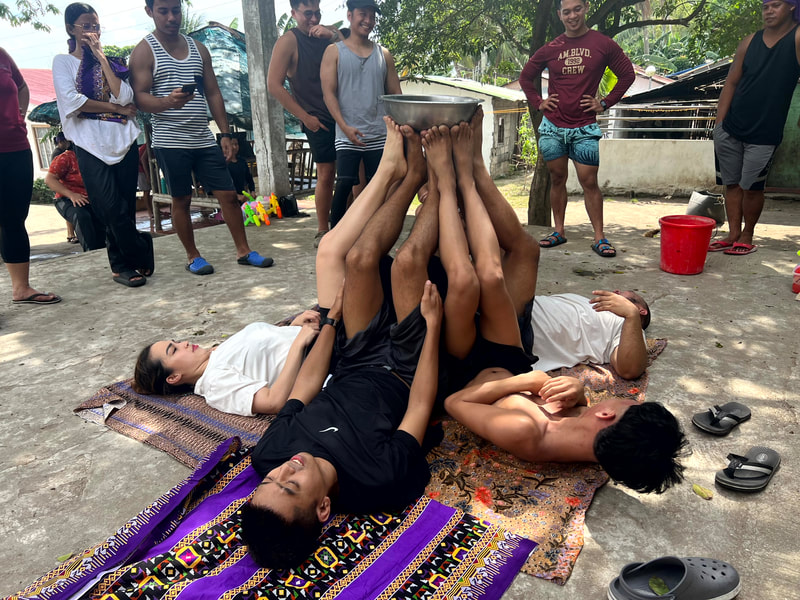
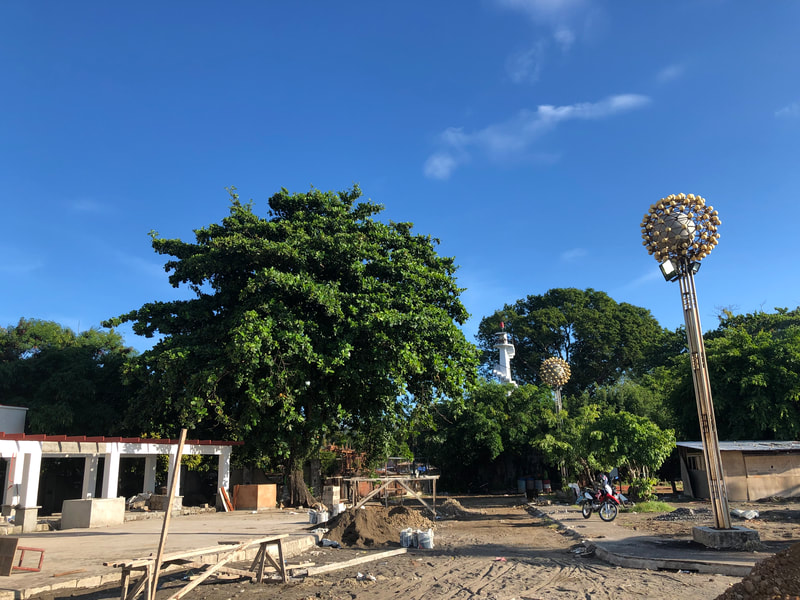
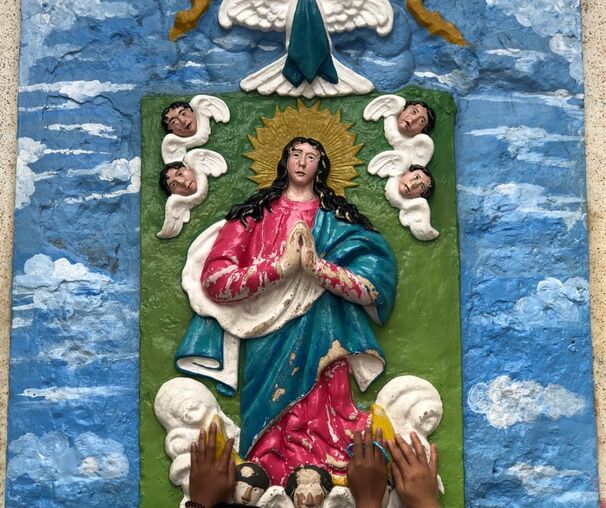
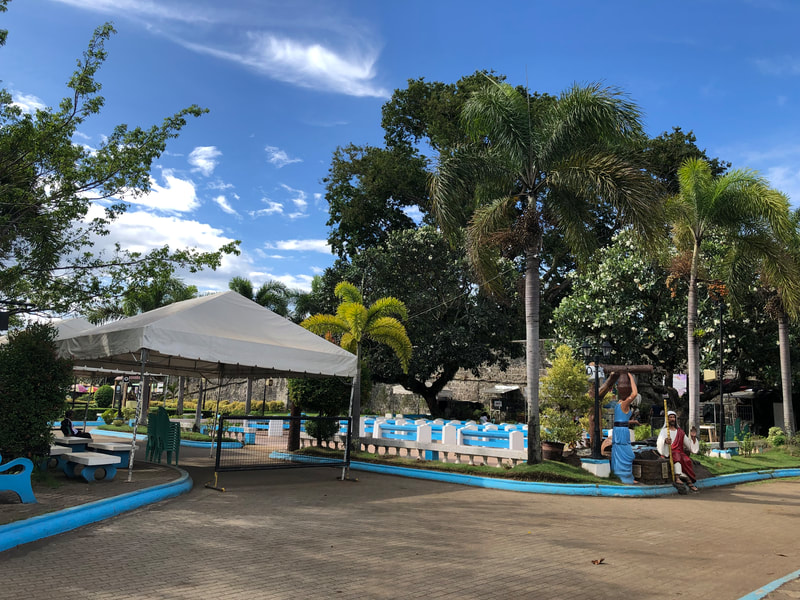

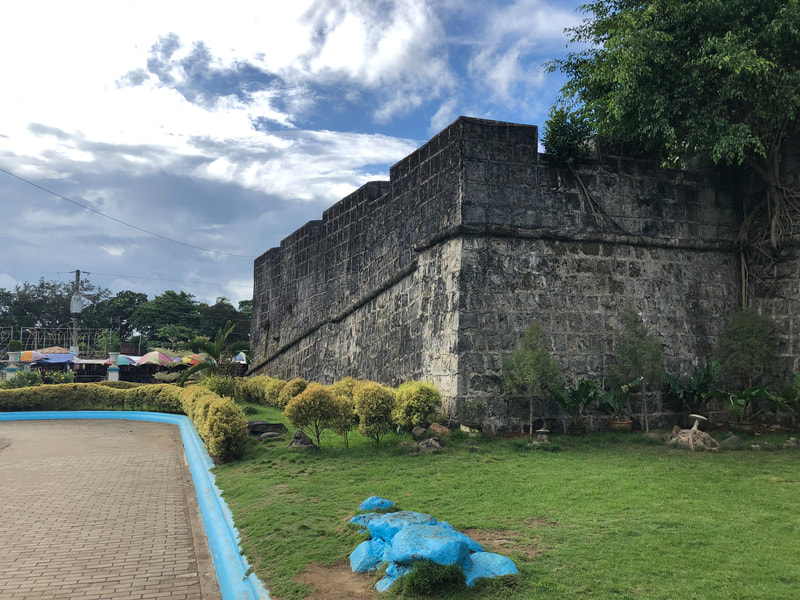
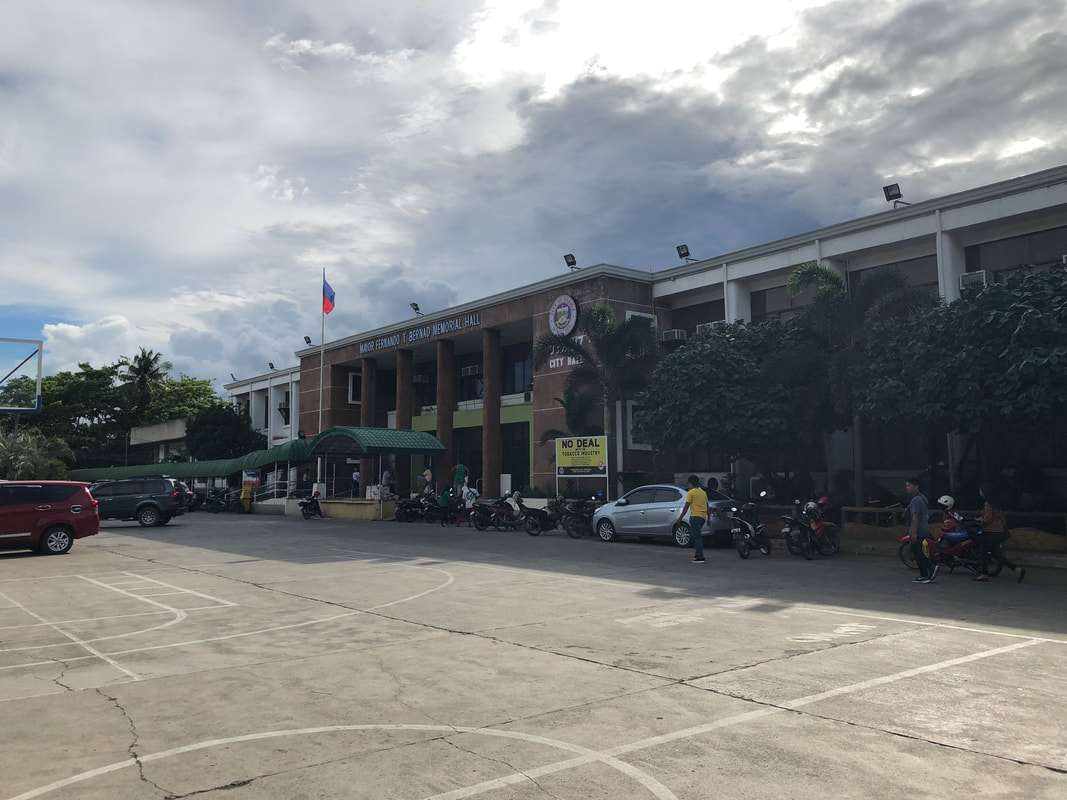

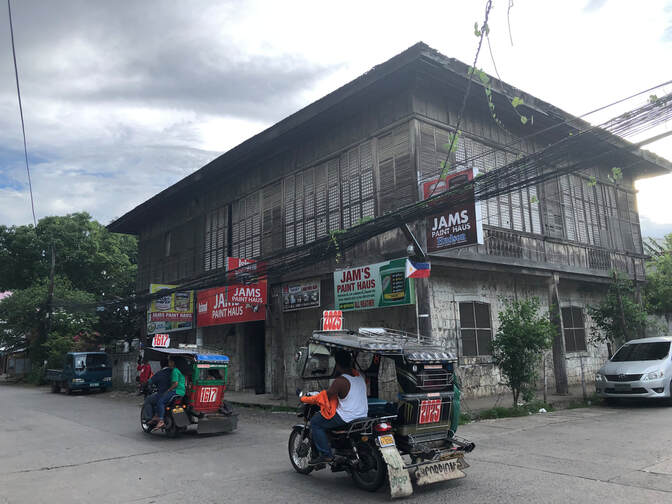
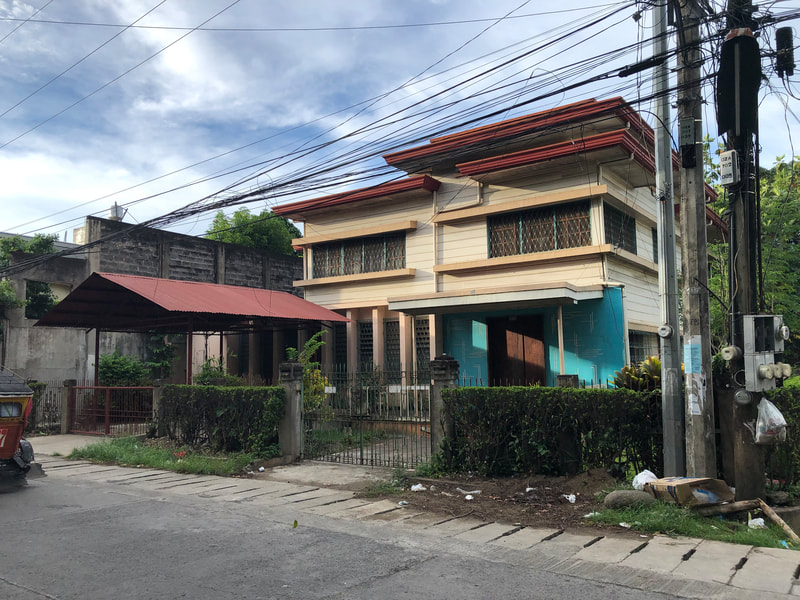
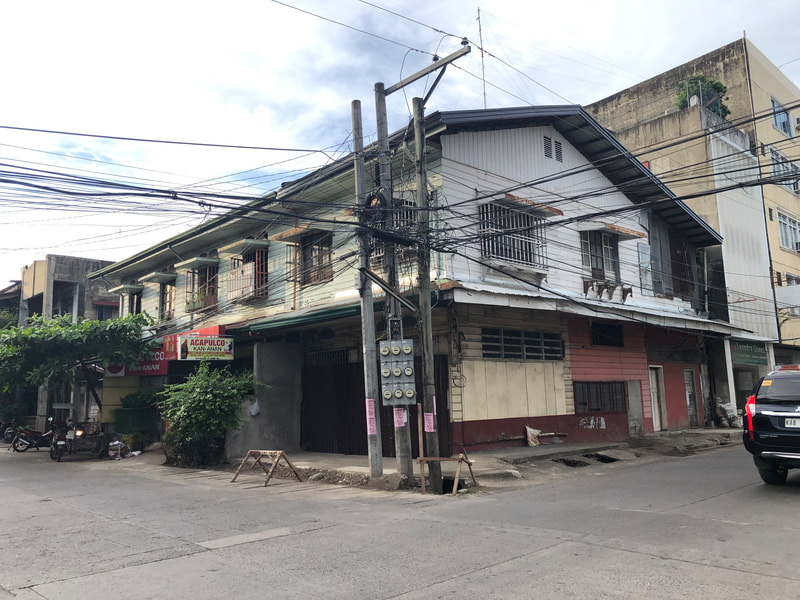
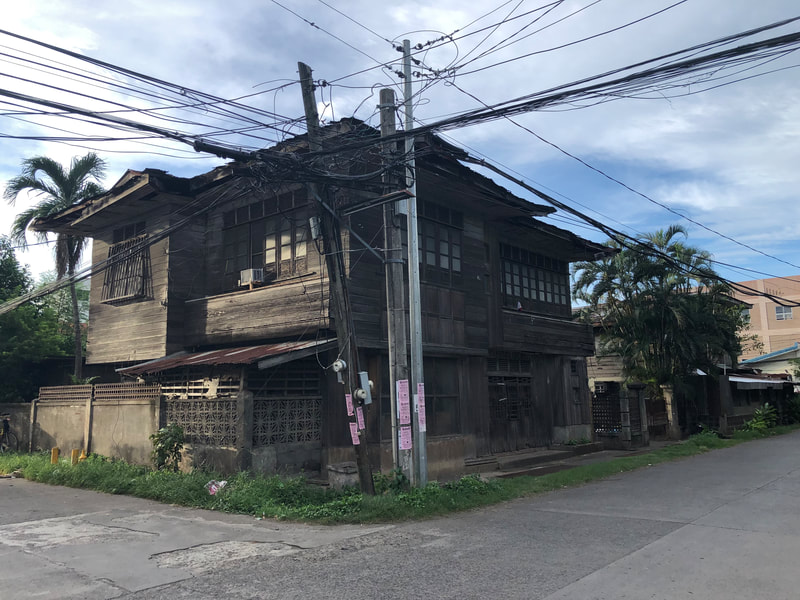
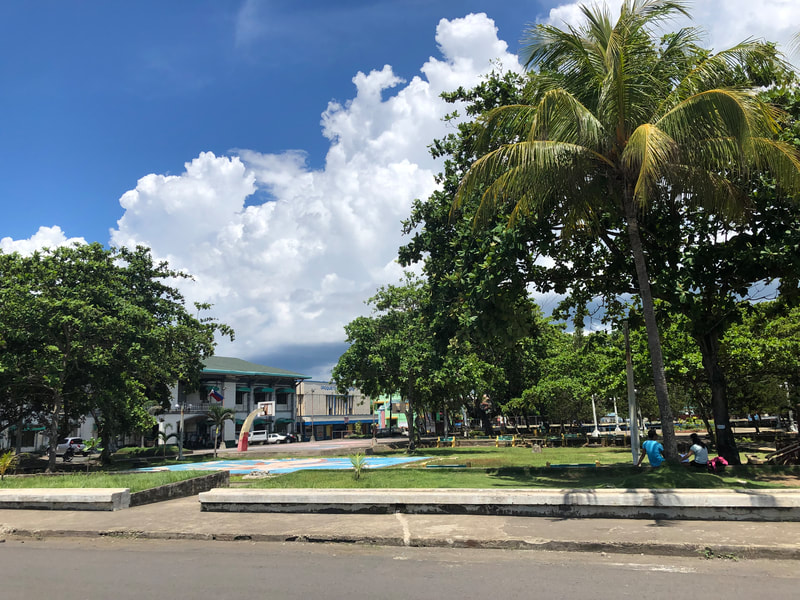
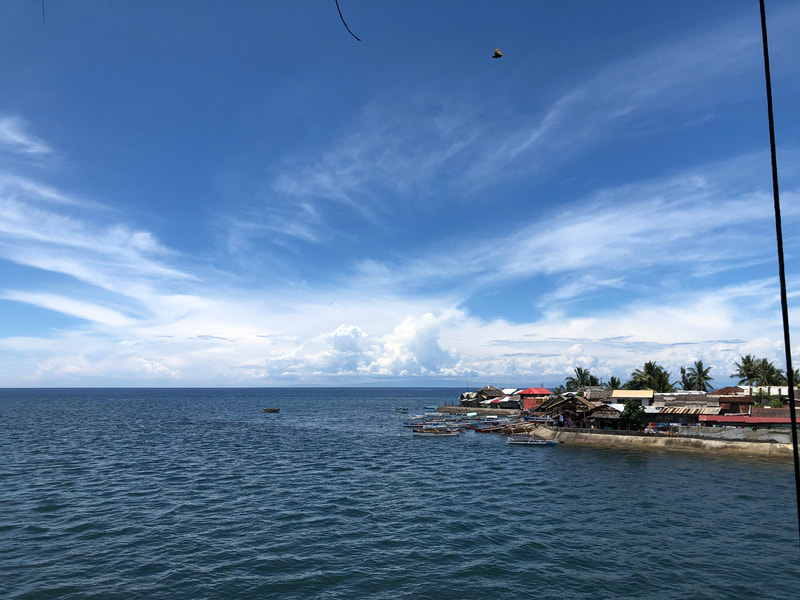
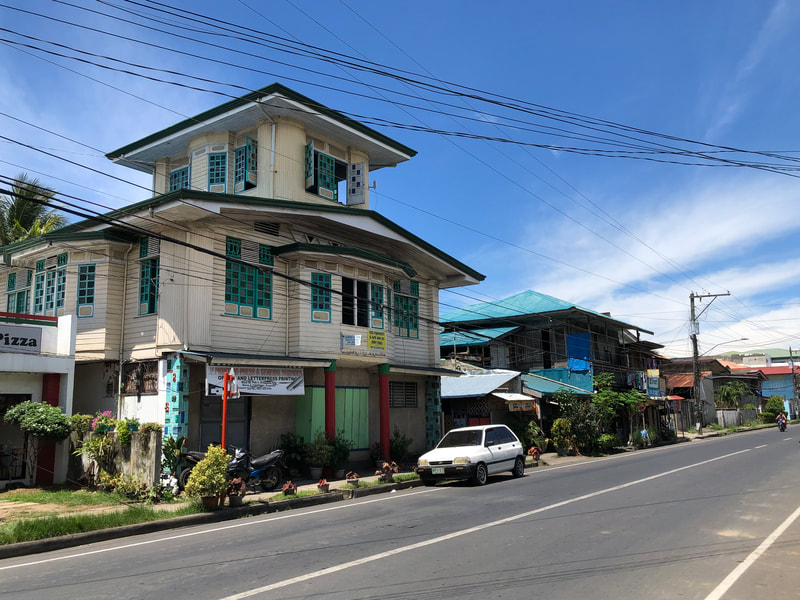
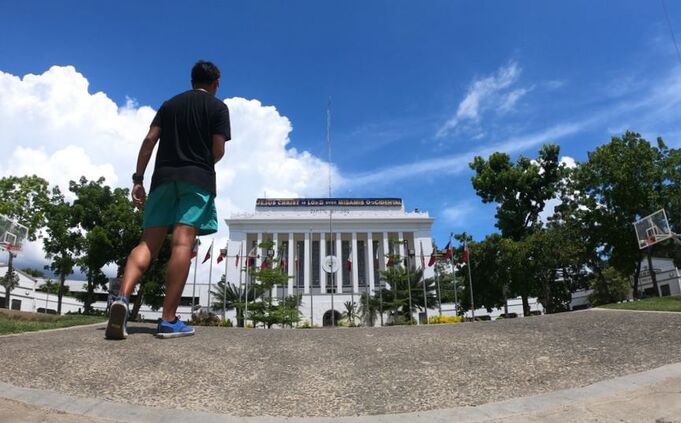
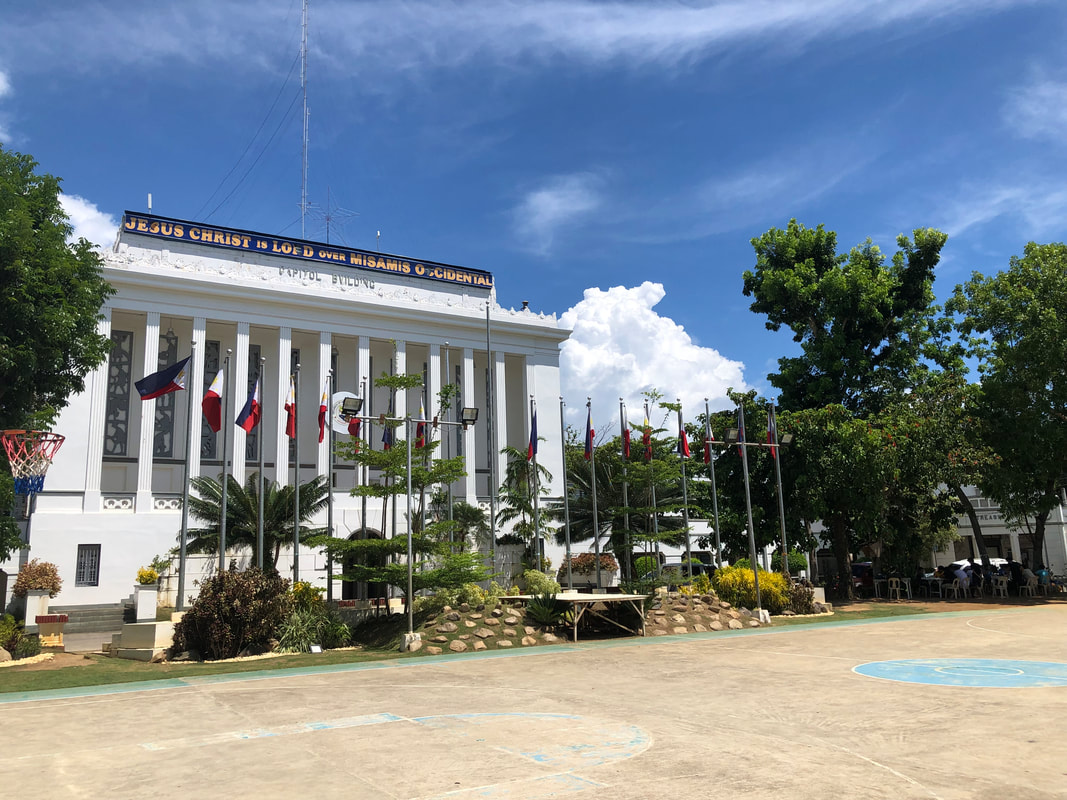
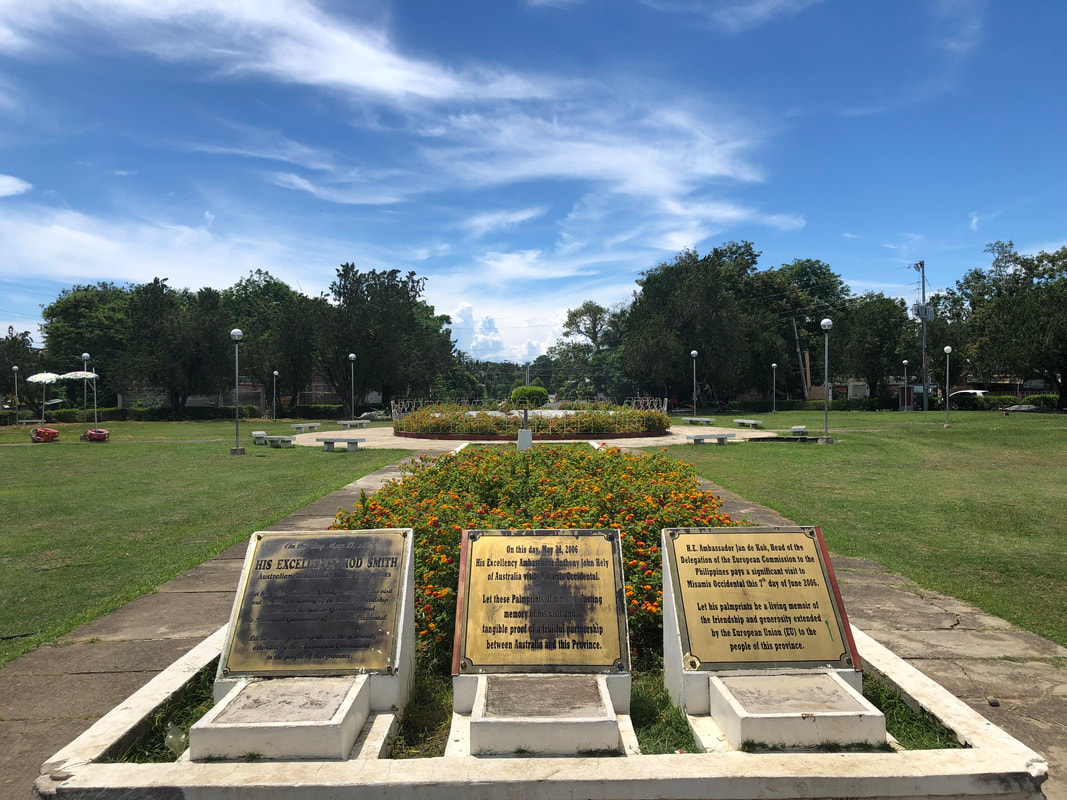

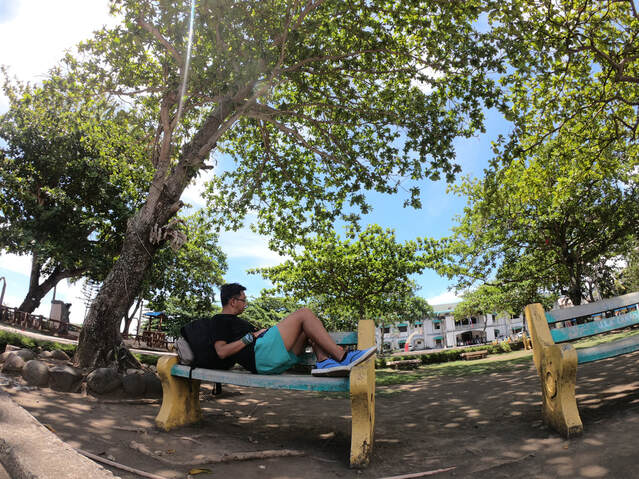
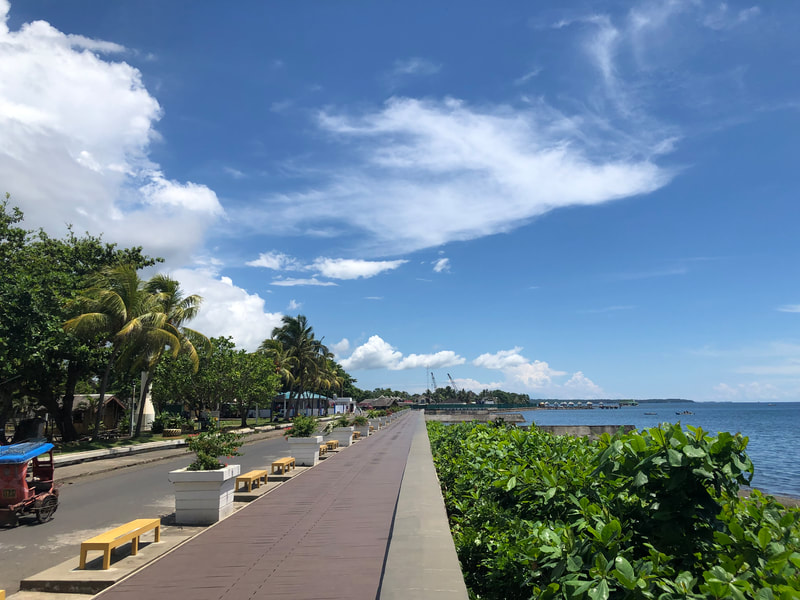

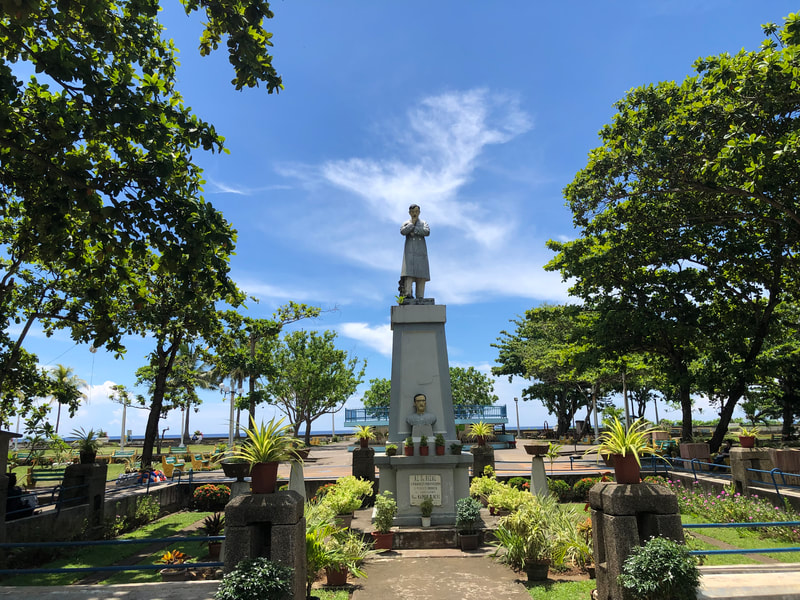
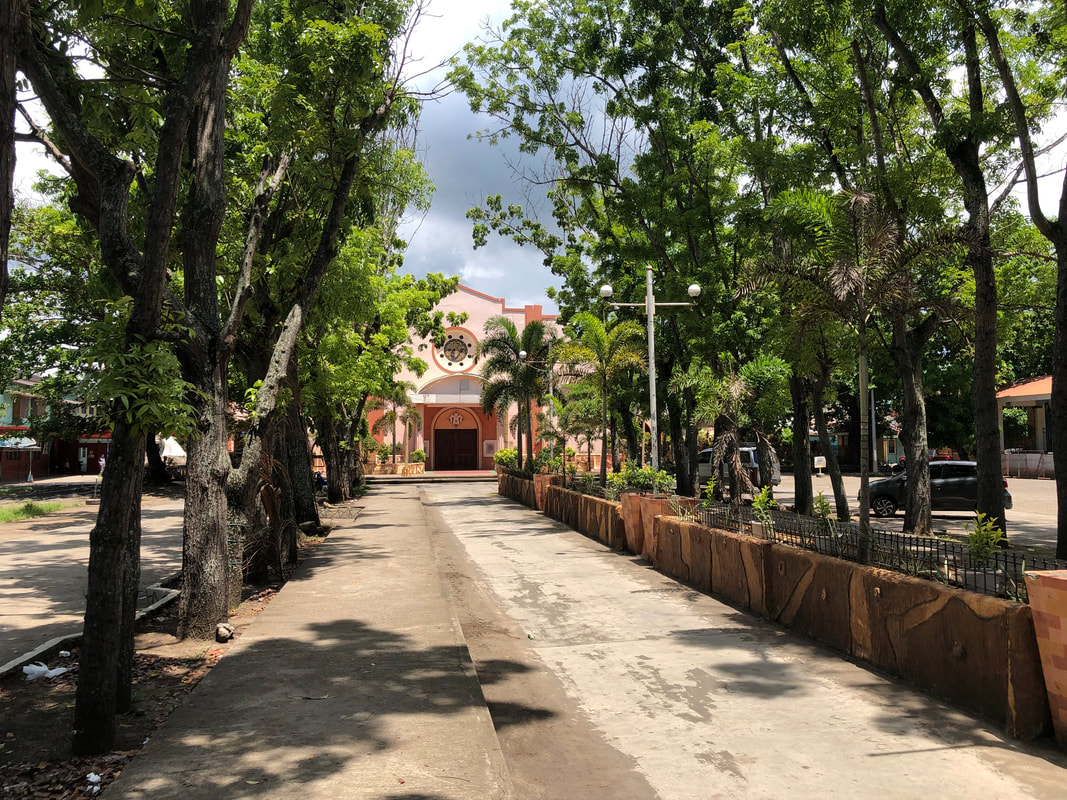

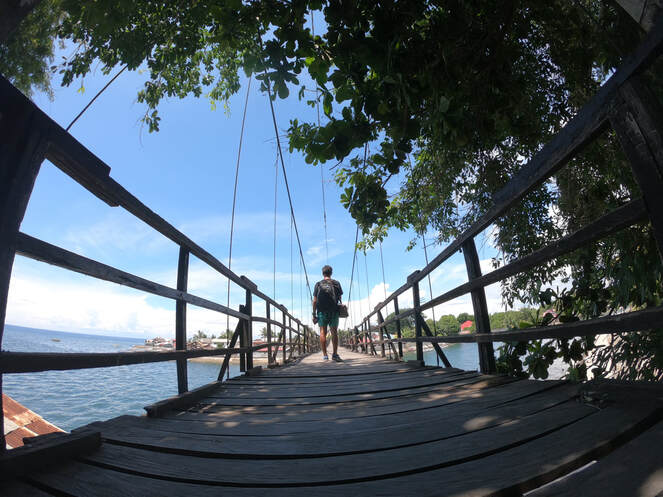
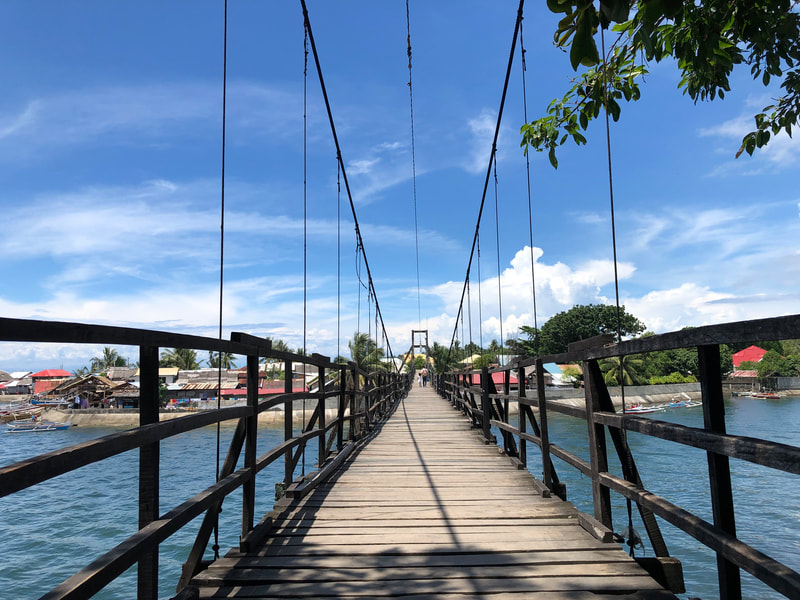
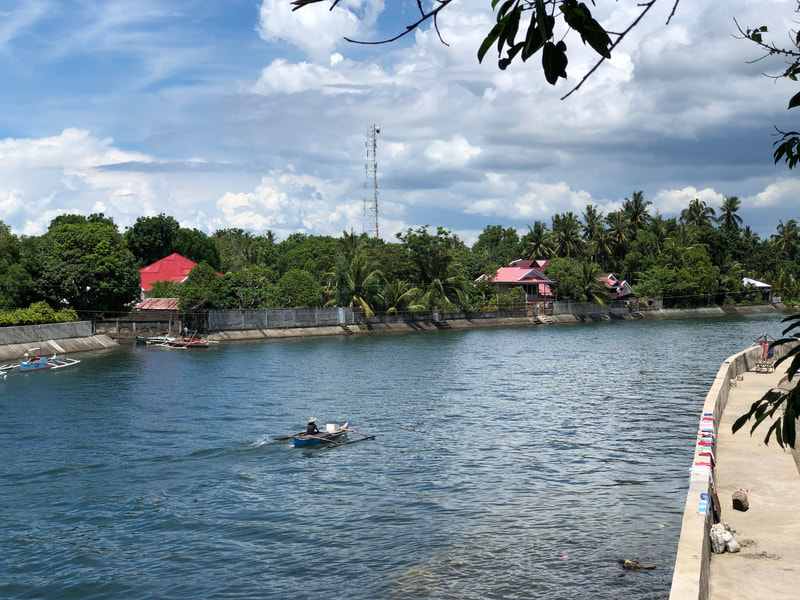
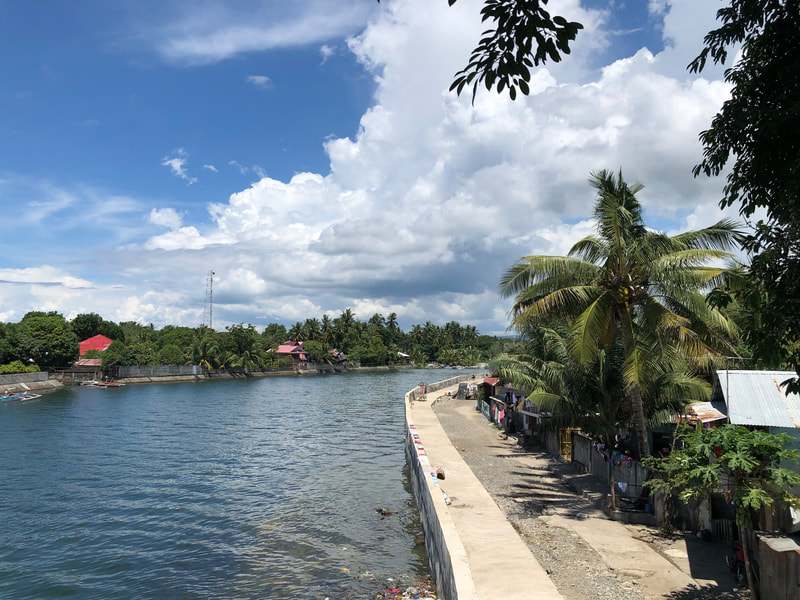






 RSS Feed
RSS Feed